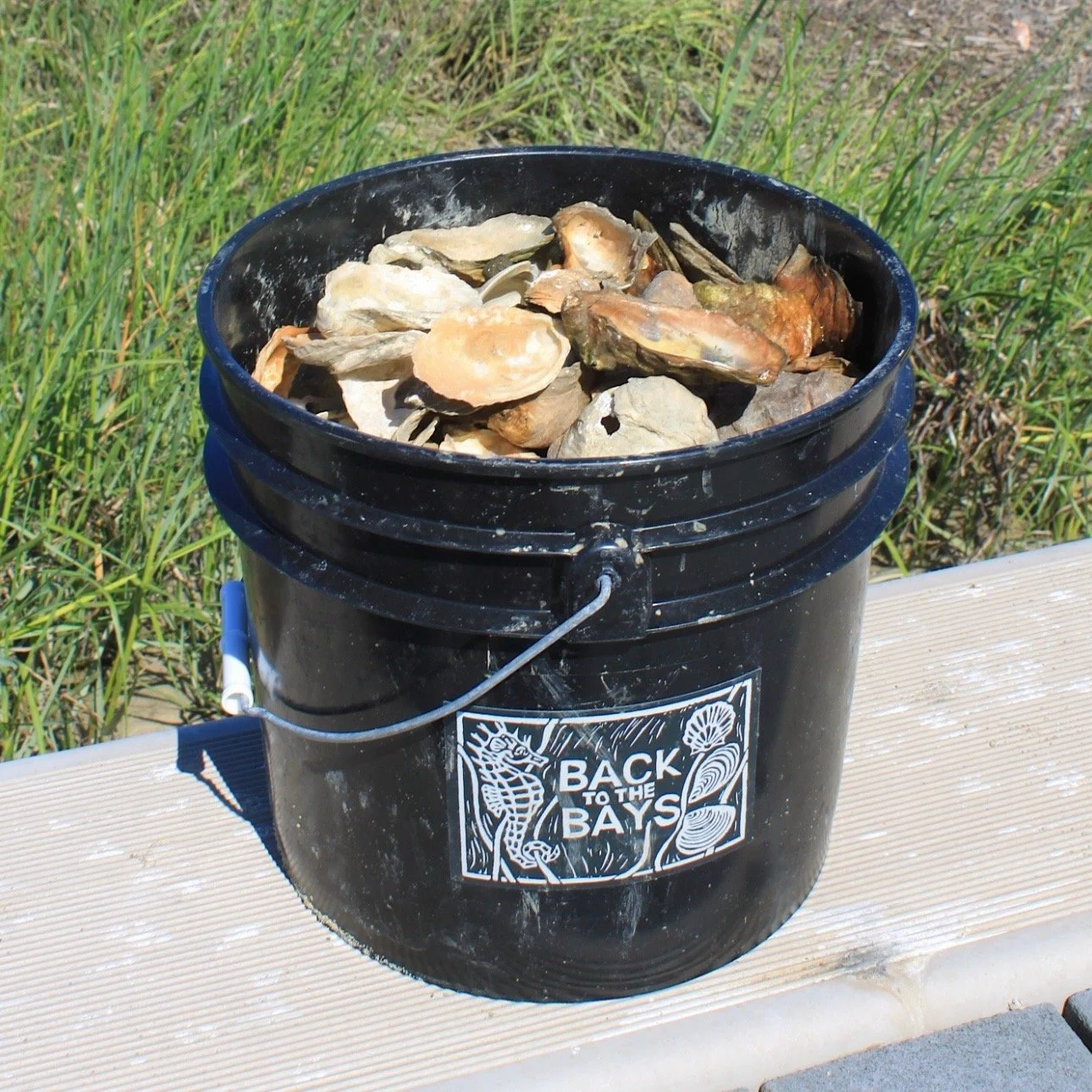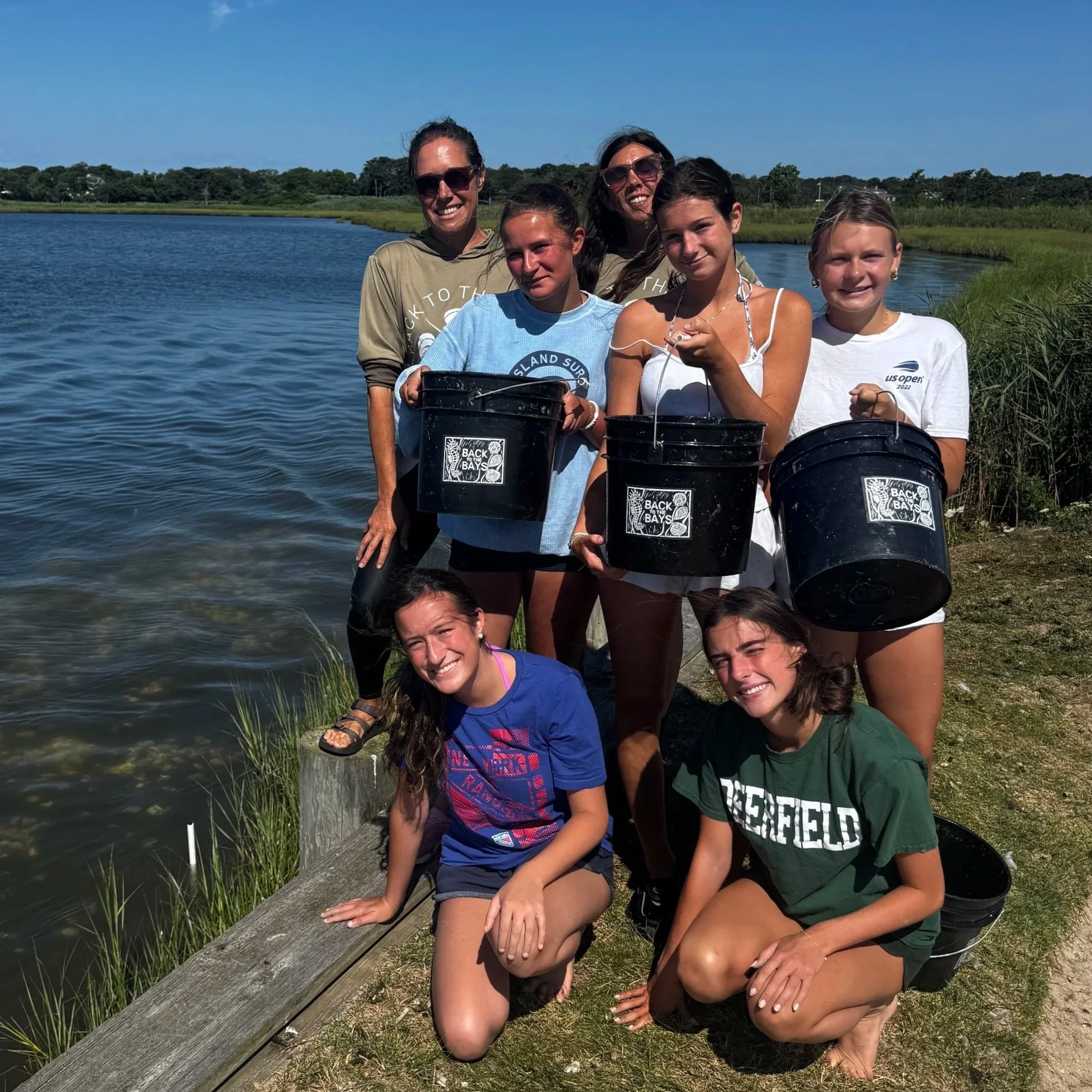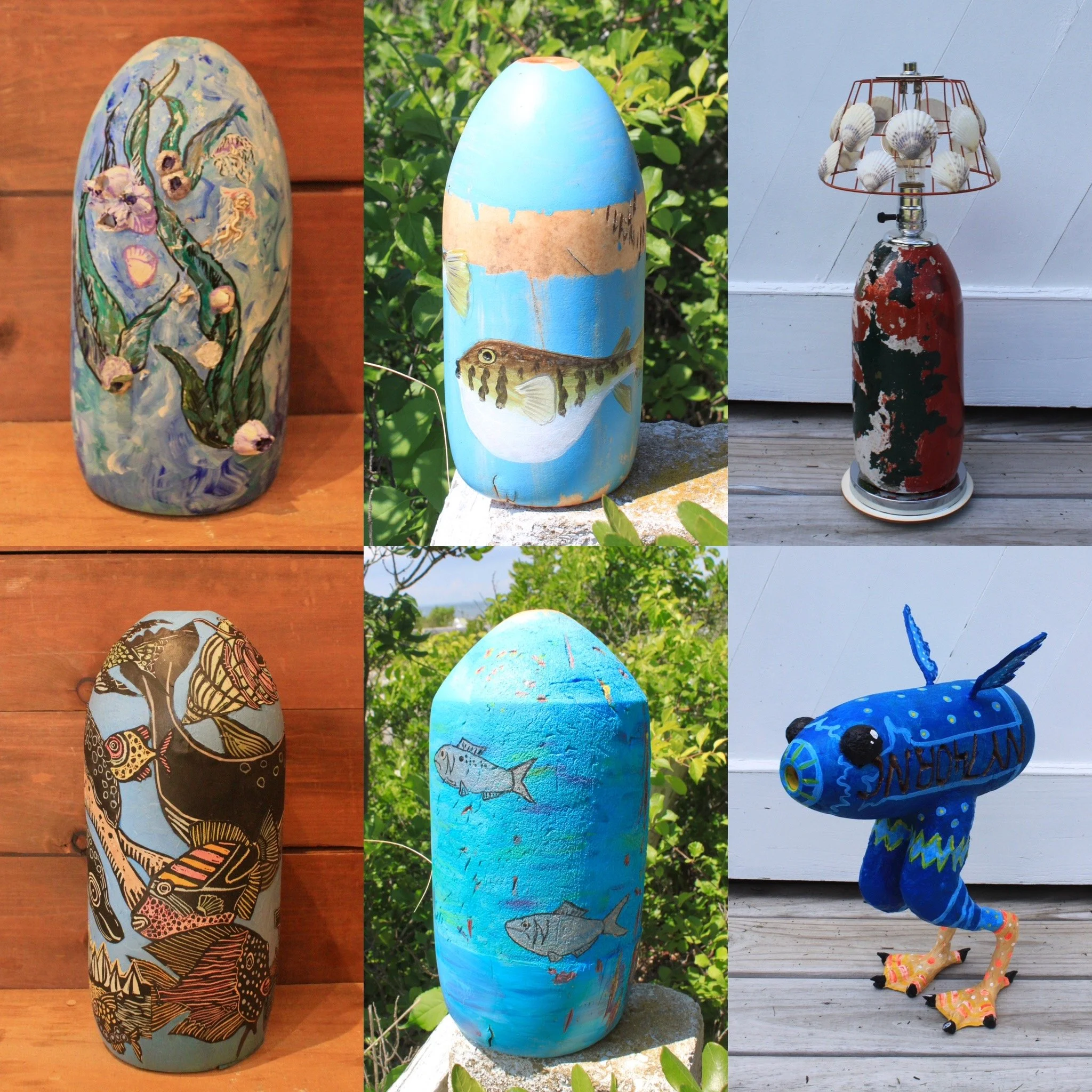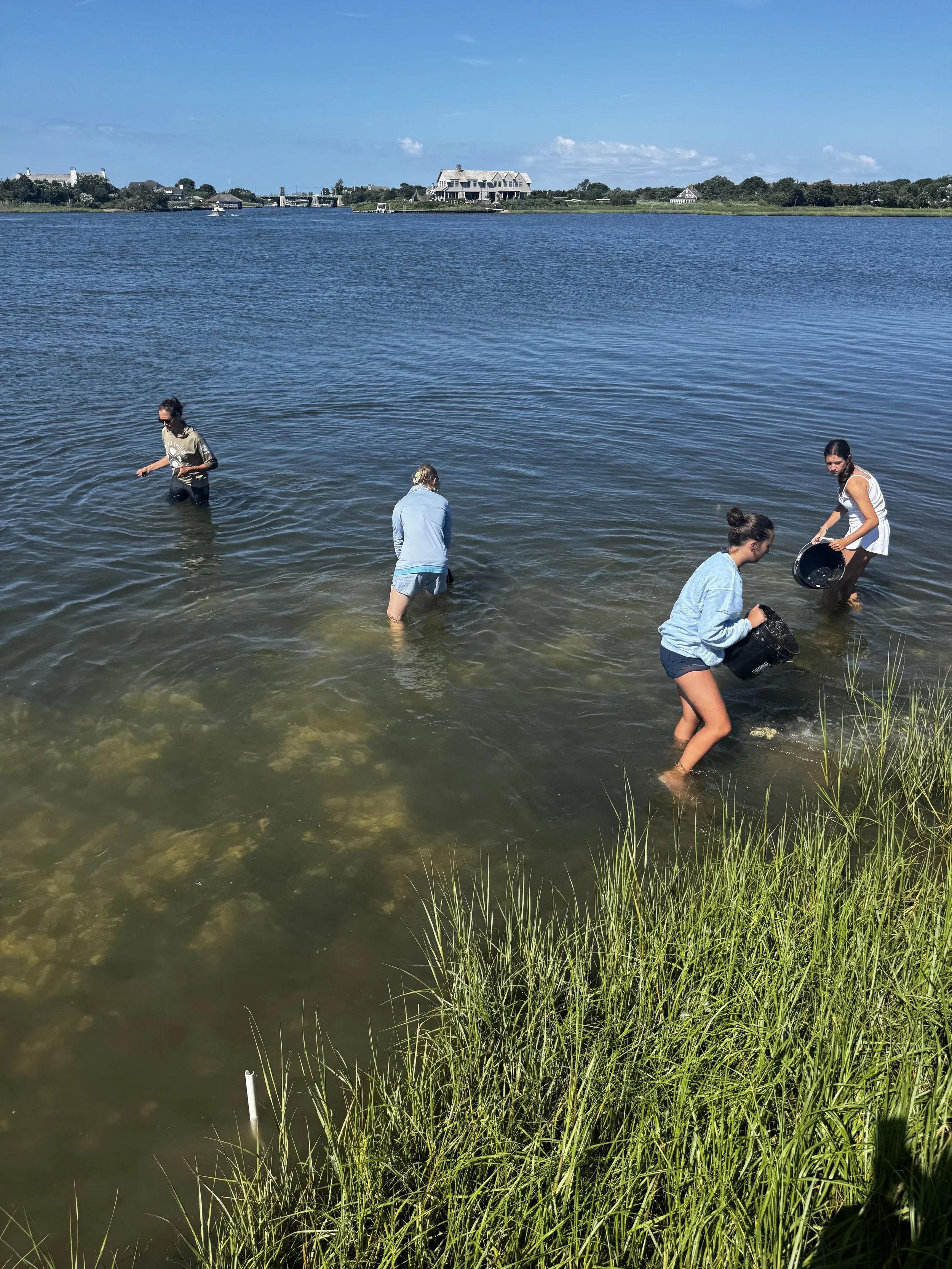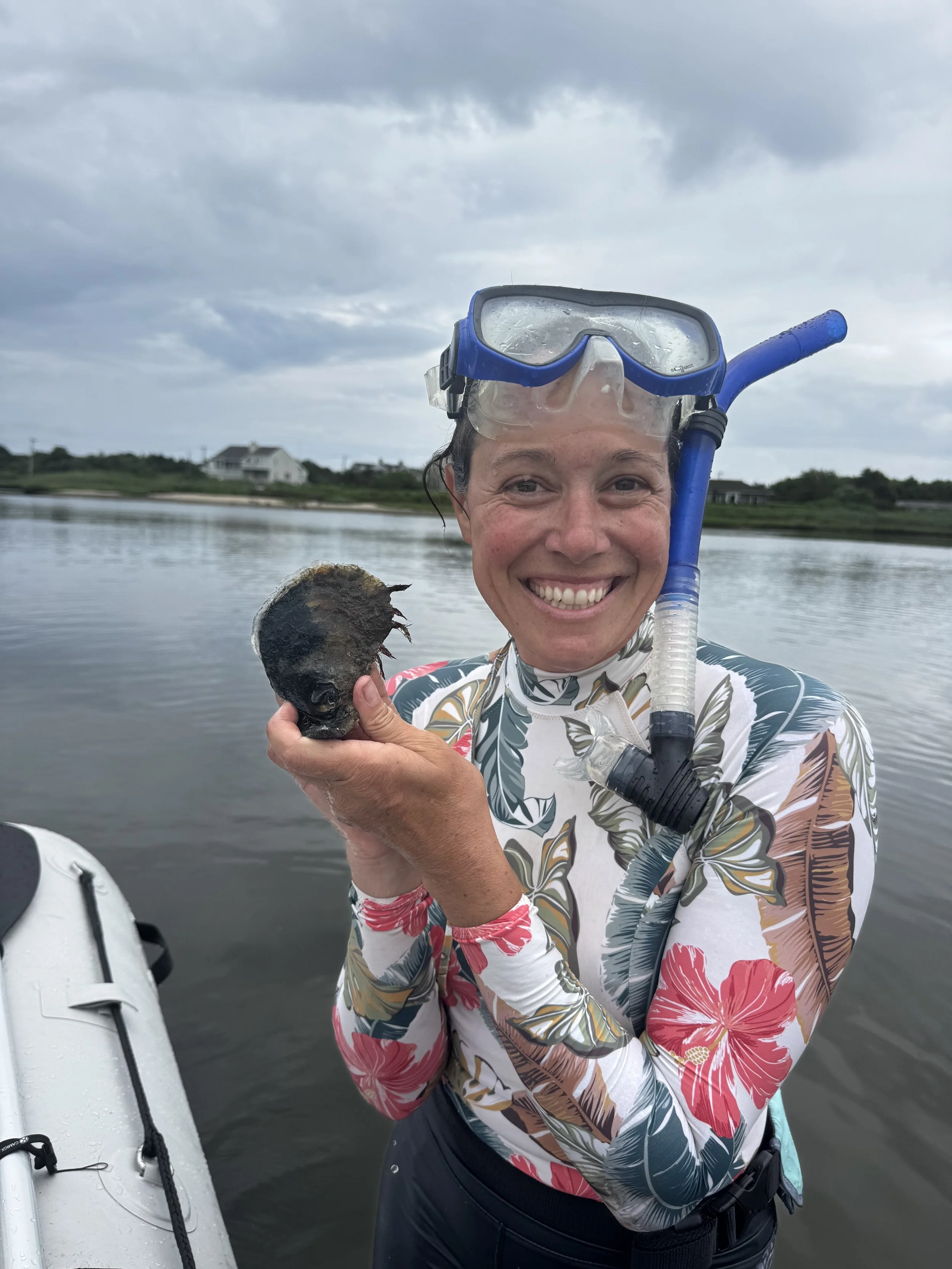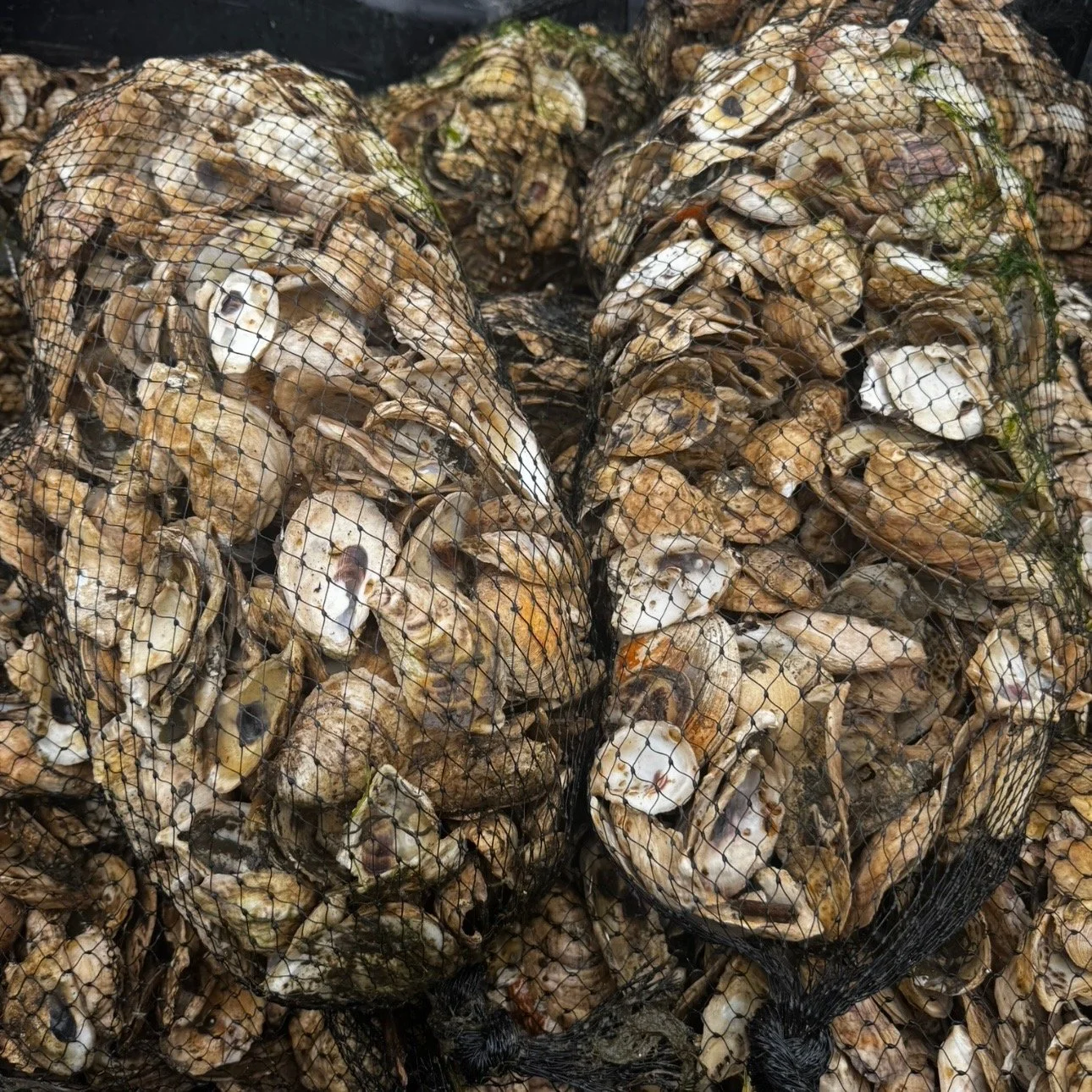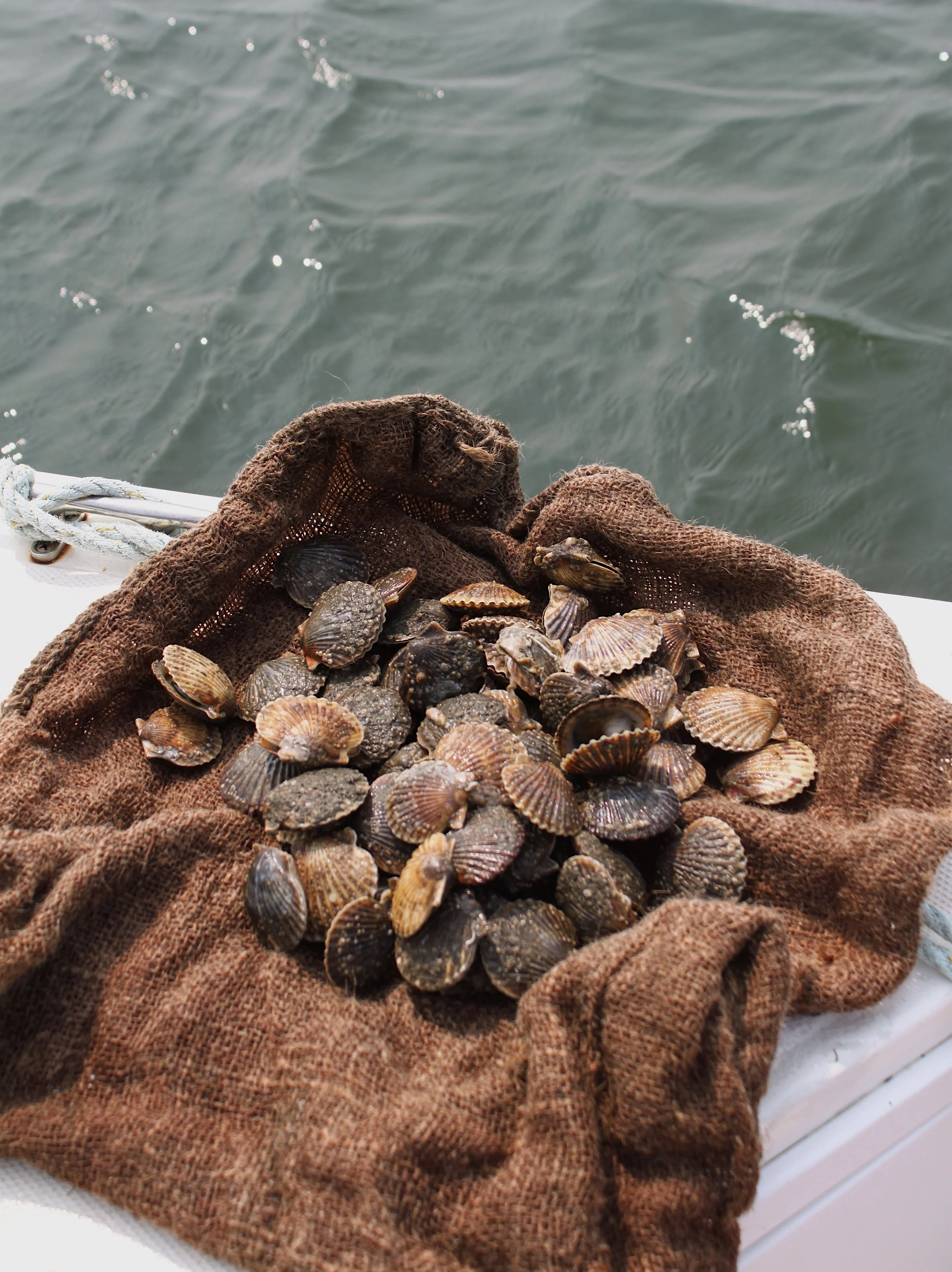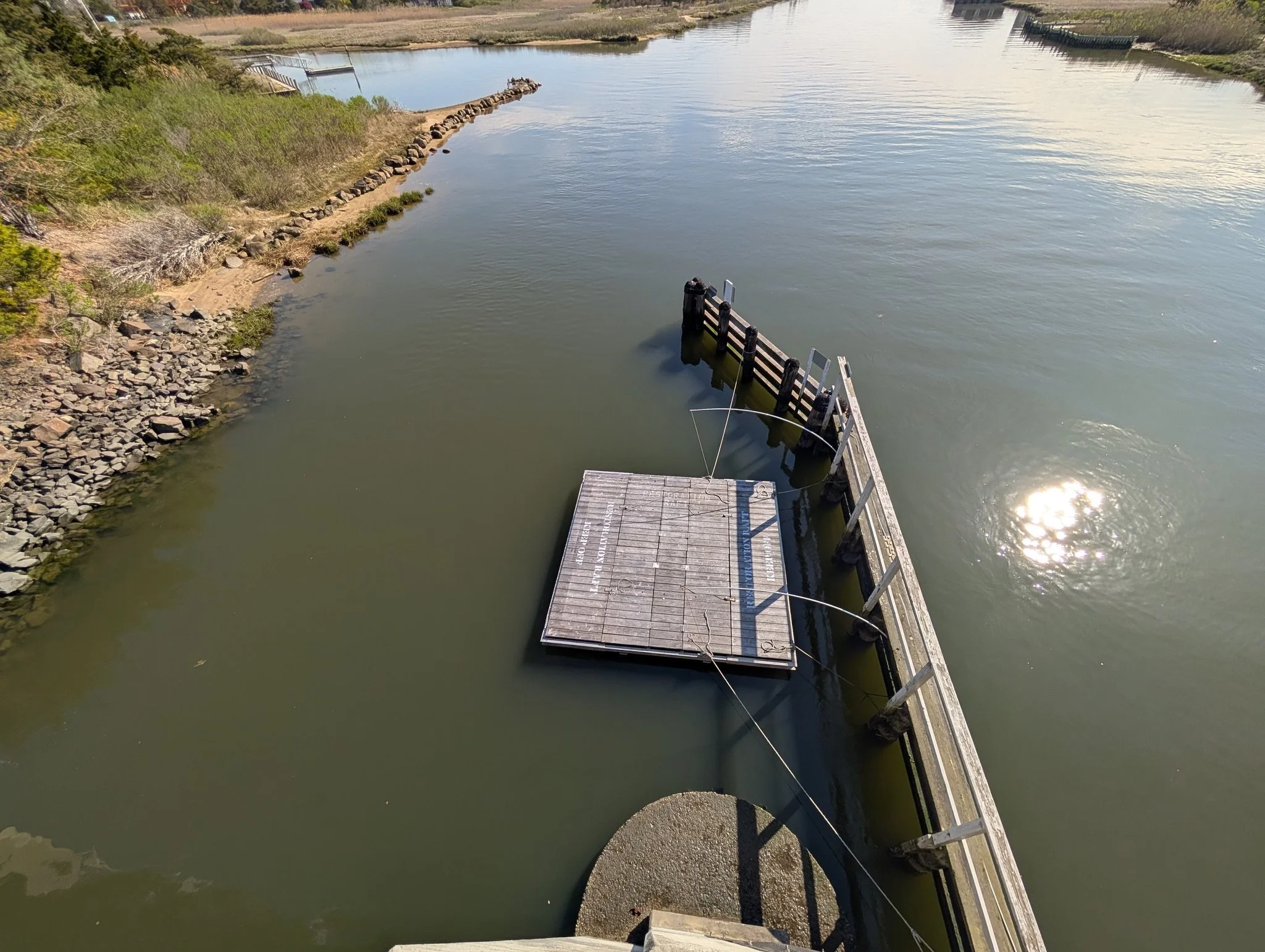Blog
Quogue Junior Ambassadors POV
Learn about what our Back to the Bays Quogue Jr. Ambassadors have been up to this summer. Lead Ambassadors, Teagan and Oggie, share their experience.
Blue Carbon ~ Mitigating climate change by restoring coastal habitats
Funded by and in partnership with the South Shore Estuary Reserve Program, CCE Marine has been able to continue restoring “Blue Carbon” habitats, like eelgrass and marsh grass. Learn about how Blue Carbon habitats help mitigate climate change.
Seahorse Hotels in Sag Harbor
In partnership with Kidd Squid Brewing Co. we held a Seahorse Hotel workshop in Sag Harbor. These structures will be deployed in village waters to provide additional habitat for our local seahorse species.
Quogue Oyster Reef Deployment
Our Quogue Junior Ambassadors came out to help us deploy the first round of summer 2025 spat-on-shell oysters in our Quogue Oyster Reef (established summer 2024).
Quogue Oyster Reef Monitoring
Kim and Kate head out to monitor our Quogue Oyster Reef, collect scientific data, and clean the spat-on-shell oysters growing in our restoration raft. It may have been a rainy day for our dedicated staff, but not for the oysters. The reef is absolutely thriving!
Seahorse Hotel Network Launched!
Kim Manzo, Seahorse + Eelgrass specialist, reflects on the launch of our new Seahorse Hotel initiative, providing stable habitat structure in the absence of the eelgrass seahorses depend on.
Building On Our Sag Harbor Oyster Reef
Checking on last year’s Sag Harbor oyster reef planting off Steinbeck Park, and bolstering the reef with another 100K spat-on-shell oysters!
Oyster Restoration Raft Installed at Quogue Stewardship Site
Installing Oyster Restoration Raft in the waters of our Quogue Stewardship Site. Spat-on-shell oysters will improve water quality as they filter feed and grow, and eventually be planted in Quogue Village waters to bolster our newly restored oyster reef!



